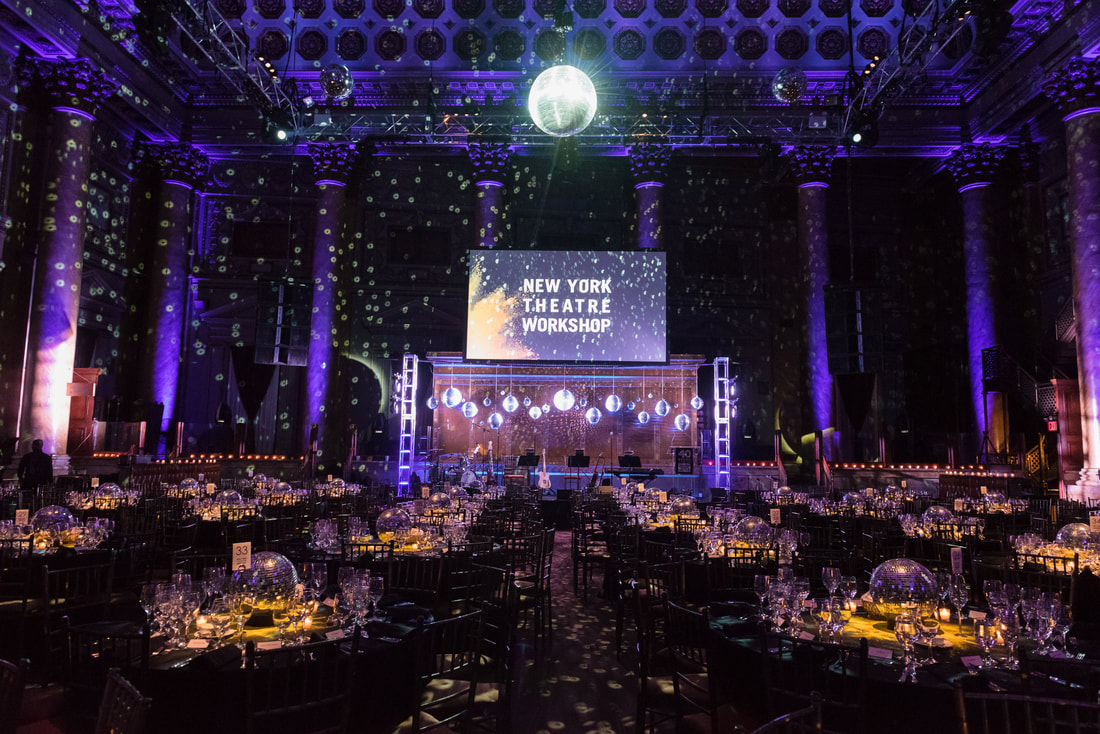Essential Strategies for Maximizing the Durability of Your Light Emitting Diode Display
Wiki Article
Light Emitting Diode screens are growing increasingly popular for multiple applications, from marketing to leisure. To ensure that these displays operate effectively over time, it is crucial to implement strategies that extend their lifespan. Understanding the elements that affect the durability of Light Emitting Diode walls can help operators sustain their performance and avoid unneeded substitutions.
One of the primary factors that can prolong the durability of an Light Emitting Diode wall is proper installation. It is vital to have a skilled team handle the installation procedure to guarantee all components are correctly attached. Inadequate installation can lead to power issues or mechanical damage. Additionally, the location of the Light Emitting Diode wall should consider surrounding conditions such as sunlight exposure and moisture levels. A well-installed screen in a proper location will minimize the risk of damage caused by outside factors.

Regular upkeep is a further key strategy to extend the lifespan of an Light Emitting Diode wall. This entails regular checks to check for any signs of wear or failure. Dirt and dirt can accumulate on the surface of the Light Emitting Diode screens, affecting brightness and hue quality. Cleaning the screens with suitable cleaners will help maintain optimal clarity. It is also important to monitor the electronics behind the display, making sure that all links are tight and that there are no overheating issues, which can significantly shorten the lifespan of the parts.
Electrical management plays a vital role in enhancing the longevity of an Light Emitting Diode screen. Excess voltage or unstable power supply can damage the internal circuitry. To prevent this, using a reliable electric supply and implementing overvoltage protection measures is advisable. Additionally, adjusting the screen to function at reduced luminosity levels when intense brightness is not necessary can reduce wear on the LEDs. This not only extends the durability of the screen but also saves power, making it a economical choice.
Furthermore, software management can influence the performance of Light Emitting Diode screens. Consistently refreshing the program that operates the screen ensures that it runs efficiently and incorporates any necessary security patches. Outdated software can result in functionality issues and may put go now the setup to risks. Proper timing of content can also help in managing the demand of the display, allowing it to rest during non-peak hours, which can contribute to a longer durability.
In conclusion, extending the durability of an LED screen involves a mix of appropriate installation, routine upkeep, effective power management, and careful software management. By focusing on these critical tactics, users can guarantee that their Light Emitting Diode displays stay functional and aesthetically pleasing for many years. Implementing proactive steps will not only improve the functionality of the LED screen but also offer a better yield on investment over time.